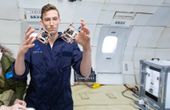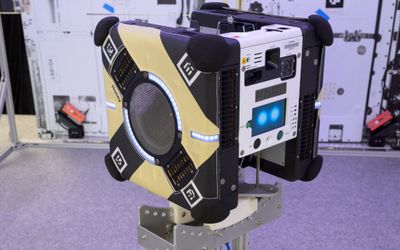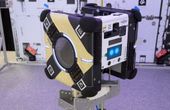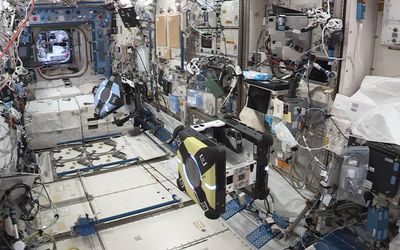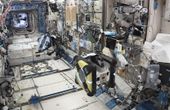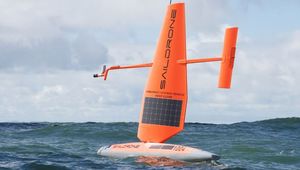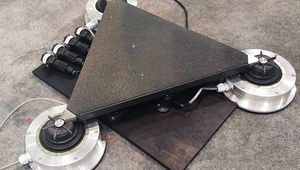Ultrascope: An Open Source Robot Telescope
A cost-effective open-source observatory for amateurs to contribute to citizen science projects
Specifications
| Material | PLA or ABS |
| Product Dimensions | 500 mm x 550 mm x 650 mm |
| Versions | Ultrascope Explorer (UEX), Ultrascope Odyssey (UOD)r |
| 'H' Scale Magnitude | 9 (UEX), 11-12 (UOD) |
| Mirrors | Primary F4 Class Mirror (6’ diameter) Secondary Elliptical Flat (40mm diameter) |
| Microncontroller | Arduino, Lumia 1020 |
| Applications | Analysis of Light curves, characterization of NEOs |
Overview
An Open Source Platform to Build Automated Robot Observatory
The concept of building a network of telescopes emerged from the fact that most amateur astronomers and space enthusiasts can't afford larger scopes and the equipment used by space observatories.
On the other hand, larger scopes face bandwidth issues, and most of them are limited to the Northern Sky. The 3D printable robot telescope addresses both concerns, as amateur astronomers can now conduct space research with their 3D-printed equipment.
Built with Purpose
Ultrascope is a DIY purpose-built telescope to help astronomers explore space from different locations on Earth. The project is focused on contributing to the citizen science initiative, providing a platform where space enthusiasts can share photometry results from various locations.
Construction
The 3D printable robot telescope features biodegradable plastic (PLA) and ABS opaque thermoplastic, making this tool very light. It has dimensions 500mm x 550mm x 650mm. The Ultrascope is a portable device and can withstand outdoor wear and tear, thanks to the robust material.
Orion Optics sources two mirrors. The primary mirror is a class f4 mirror with a diameter of 6 inches and a focal length of 600mm. The other one is an Elliptical flat mirror with a 40mm diameter.
3D Printable Material
Ultrascope files are compatible with various low-cost 3D printers. The open-source files are free-to-download and can be printed with the help of Arduino platforms.
Controlled by Smartphone
Unlike traditional telescopes, Ultrascope is an automated device controlled by smartphones. It utilizes the smartphone's high-resolution camera to capture images of celestial objects. The smartphone aids as an I/O device with a 4G LTE network. Currently, the telescope's software is compatible with Windows Mobile and Nokia Lumia 1020, with its 41-megapixel CCD offering optimal results.
3D Printable Robot Telescope Versions
Ultrascope offers two telescope versions: Ultrascope Explorer (UEX) and Ultrascope Odyssey (UOD).
Ultrascope Explorer (UEX)
UEX is the basic version that features a 3.5-inch mirror. Together with a high-megapixel smartphone camera, Ultrascope Explorer offers professional-quality celestial imaging and photometry. The device can resolve celestial bodies on H-scale 9 or above, which professionals usually use.
This capability makes Ultrascope Explorer an ideal training tool for young astronomers. It can aid space enthusiasts in learning how to conduct light curve analysis of celestial objects floating between Mars and Jupiter. The cost-effective telescope can help students understand asteroid characterization with hands-on training.
Ultrascope Odyssey (UOD)
Apart from the Explorer series, Open Space Agency will launch a more extensive version known as the Ultrascope Odyssey (UOD). It has a theoretical magnitude of H 11-12, which'll help observe the space beyond magnitudes H 9 and H 10.
Celestial objects around the H 11-12 region are harder to characterize because of their smaller size and darker appearance. And Ultrascope Odyssey may be the right equipment to bring more explicit pictures of those Near Earth Objects, contributing to the citizen science society.
References
Tags
modular roboticsspace robotstelescopesContinue Reading
The Astrobee free-flying robots, developed in and managed by the NASA Ames Intelligent Systems Division, were setup for the second session to test an autonomous rendezvous algorithm and assist the ground team in monitoring Astrobee performance of autonomous robotic rendezvous with a tumbling target.

